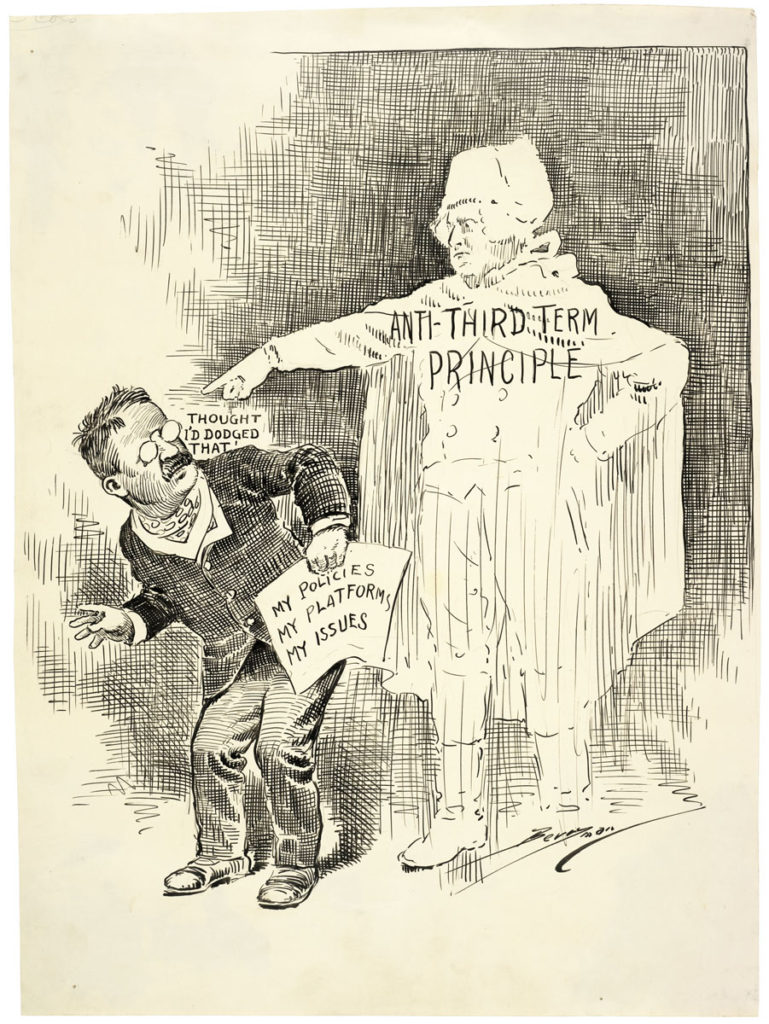Prime ministers and presidents serve as national leaders in their countries. They can be seen as equal to one another, but do they operate the same regarding how many terms they hold office? Term limits dictate how much time a person can serve in the position. They function as a method for minimizing the risk of monopoly, where a person effectively becomes a “leader for life.”

Prime ministers are elected into office just like presidents, but this is done through different national or government processes. Depending on a state’s laws or constitution, usually, prime ministers are elected into office by the legislature. The Indian Prime Minister is appointed by the head of government, the ruling president, and this is done in consultation with the members of parliament.
A PM is primarily “the leader of the government of a country that is a constitutional monarchy” [Source]. In countries with presidents, prime ministers are assigned government roles that include drafting policies with the government, authority over judicial matters, meeting foreign officials and dignitaries, and appointing government members.
In many countries, the PM does not have a direct set of term limits, but certain political factors influence the term. For instance, in Albania, the president oversees the country in collaboration with the elected PM. It is noted that the Albanian PM does have a specific set term, but his exit from office solely depends on how the Albanian Parliament approves his reign or conduct in office. Wikipedia reveals that for Albania’s PMs, there is “No directly set terms, however, they must maintain the support of the Albanian Parliament which has a term of four years [Source].
From such a perspective, a PM needs to gain support from members of parliaments to stay in power. This also makes sense since the PM is selected by parliament after consulting with relevant parties and debating among themselves. In countries such as Austria, Belgium, Bosnia, and Herzegovina, Bulgaria, Croatia, Czech Republic, the PM also needs to maintain the support of the National Council, Chamber of Representatives, House of Representatives, National Assembly, Sabor, Chamber of Deputies, respectively. This style of governance is practiced in vast European countries, including Estonia, Finland, France, Germany, Greece, and Hungary, and it has become the most utilized method.
Many parliaments and cabinets are reshuffled and rebuilt after four or five years depending on a nation’s constitution, but usually, after general elections, most government positions are changed in relation to the winning party’s choices. When this happens, a PM’s term can be ended by a new parliament serving in a country.
But this is different from the Indian PM, which the president appoints. In such a setting, the PM must always stay on the president’s good side to maintain their position in government. Also, this PM’s reign keeps ongoing for as long as the president appointed them to stay on the throne. This means that a change of presidents or ruling government will spell out an end to a PM’s term in office.
In the UK, “The office of prime minister is not established by any statue or constitutional document, but exists only by long-established convention, whereby the reigning monarch appoints as prime minister the person most likely to command the confidence of the House of Commons; this individual is typically the leader of the political party or coalition of parties that holds the largest number of seats in that chamber” [Source].
If the Crown selects a person to be PM, it can also recommend ending one’s term in office. In explaining why PMs do not have term limits, it was argued that “The Prime Minister can also be dismissed at any time by parliament through a vote of no confidence, rather than the public having only one chance to unelect them every four or five years. This makes term limits largely unnecessary for averting the risk of tyranny” [Source].







































